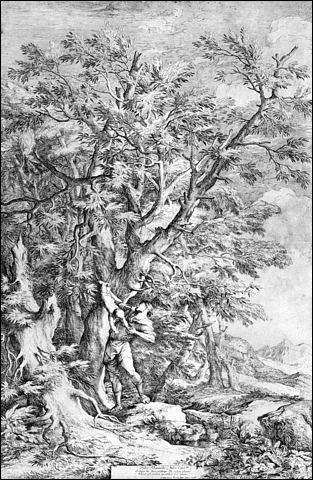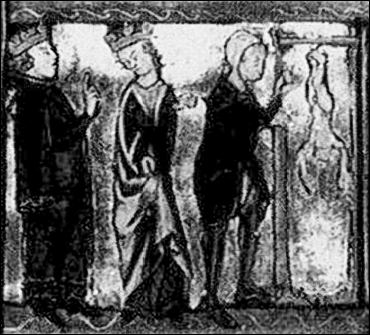mjhurst
Hi, Jean-Michel,
The idea of a Betrayal resulting in death (the Traitor/Death combination in Tarot) is also a commonplace, and treason against God (Judas) or the just ruler (Cassius and Brutus) are what Dante put as the archetypal sins. And, of course, there is Satan, whose betrayal of God caused his own fall and whose subsequent treachery lead to the Fall of Man and sovereignty of Death over Mankind. So for those who actually want to understand why these subjects were chosen and put in the orderings most commonly known, we finally have a sound answer... although it also entails fitting that pair of cards into a larger narrative of the middle trumps, and the middle trumps into the overall narrative of the three sections.
Best regards,
Michael
The Fall, as the origin of Death, is always connected with both the death of individuals and Mankind. This may be implicit or explicit. This is why Camille sometimes refers to the scene Remiet depicted as "Death" -- the Fall is the introduction of death to the world.jmd said:Interesting that use of the FALL of 'man' is used in conjunction with the hanged man - I have, in my notes, this concept and the fall as a consequence of the consumption of the Tree of Life linked with the Maison Dieu ('Tower'), rather than with Le Pendu.
The idea of a Betrayal resulting in death (the Traitor/Death combination in Tarot) is also a commonplace, and treason against God (Judas) or the just ruler (Cassius and Brutus) are what Dante put as the archetypal sins. And, of course, there is Satan, whose betrayal of God caused his own fall and whose subsequent treachery lead to the Fall of Man and sovereignty of Death over Mankind. So for those who actually want to understand why these subjects were chosen and put in the orderings most commonly known, we finally have a sound answer... although it also entails fitting that pair of cards into a larger narrative of the middle trumps, and the middle trumps into the overall narrative of the three sections.
Best regards,
Michael





